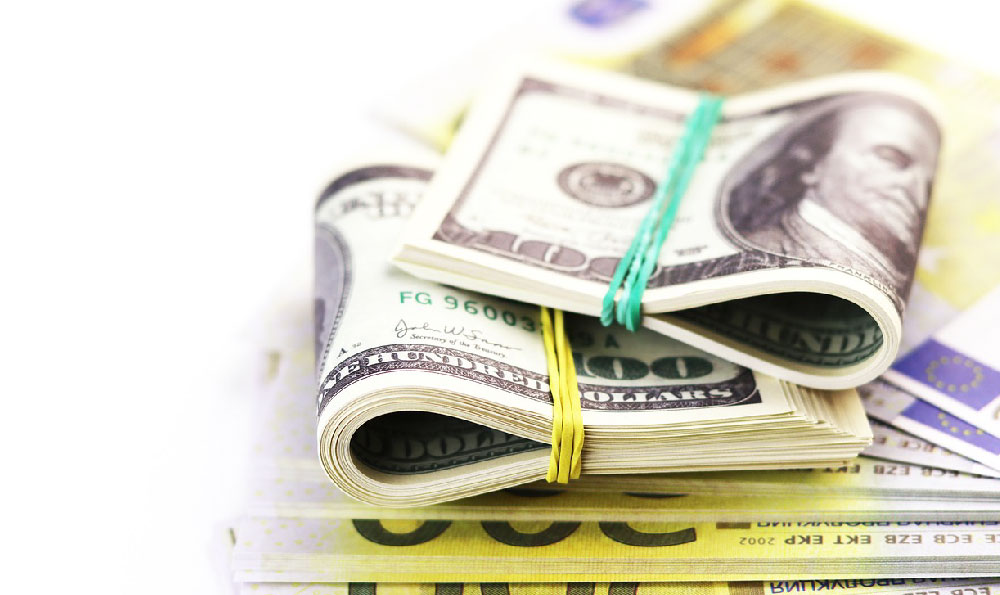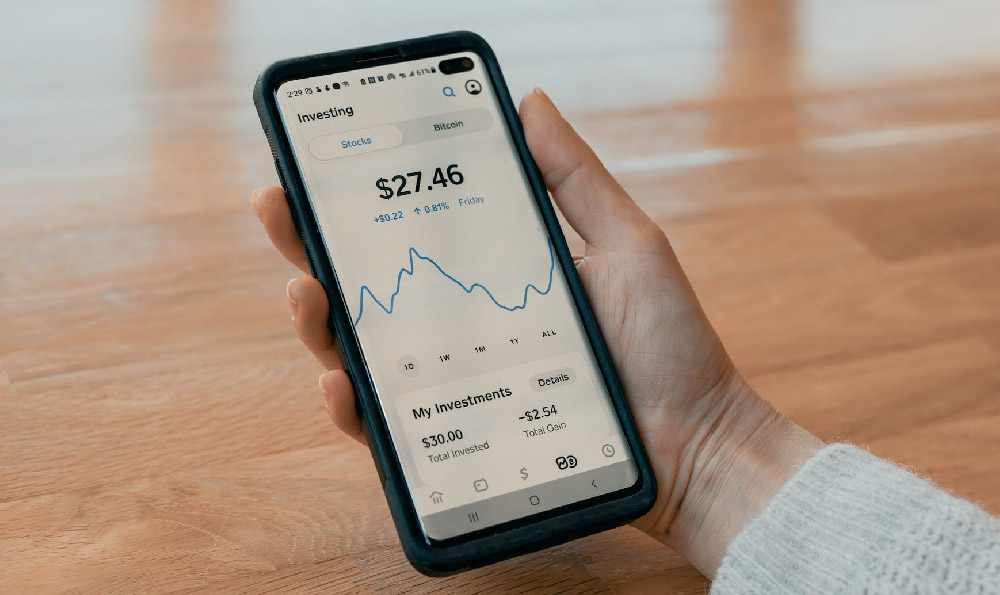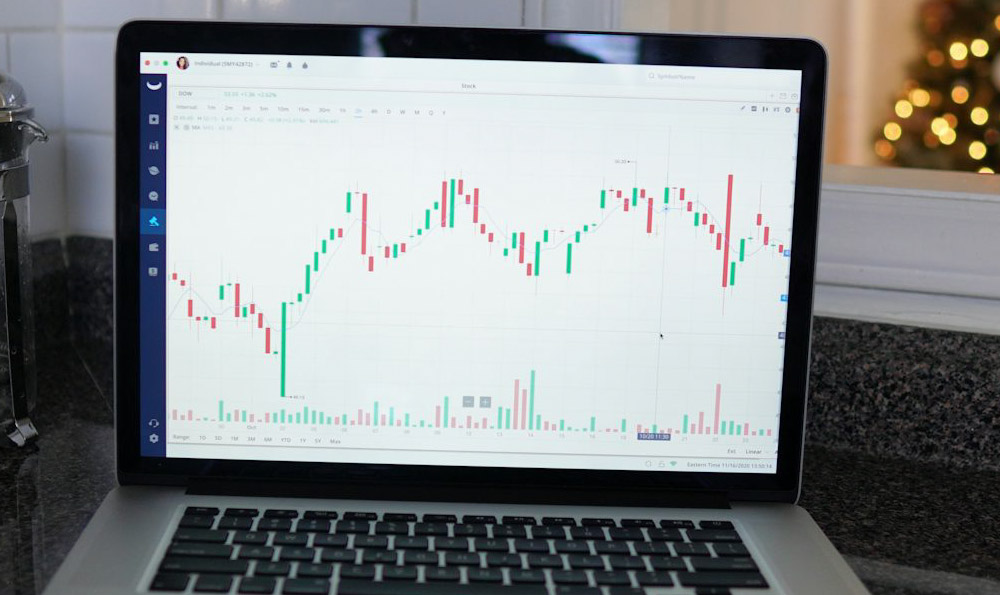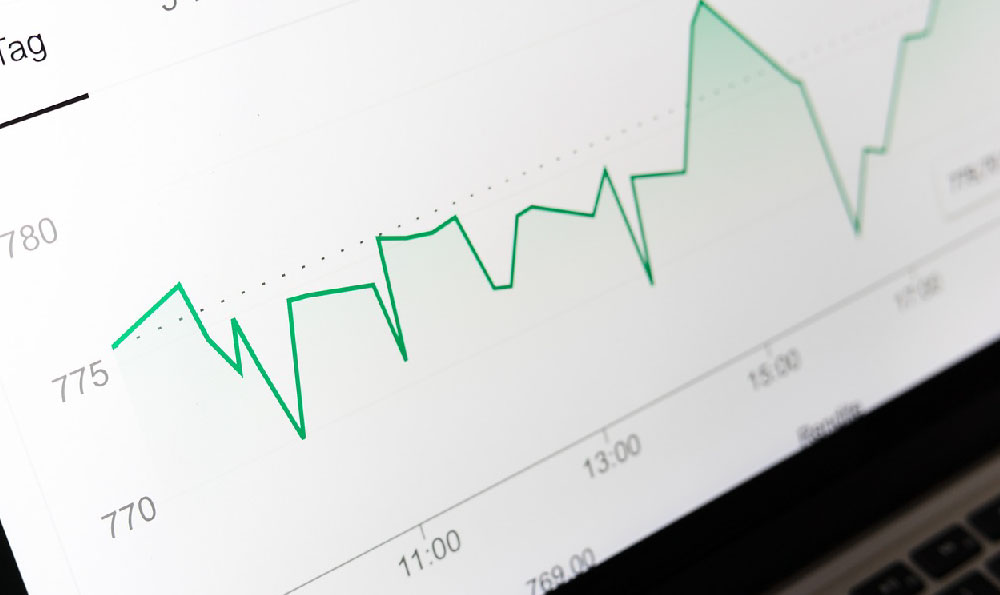DoorDash, the ubiquitous food delivery platform, has revolutionized how people access their favorite meals. However, behind the convenience lies a complex business model. Understanding how DoorDash generates revenue and ultimately achieves profitability is crucial for anyone interested in the gig economy, the food delivery industry, or even just the financial health of a popular service. It's not just about delivering food; it's about mastering a multifaceted equation involving customers, restaurants, and the drivers who form the backbone of the operation.
The primary revenue stream for DoorDash is, unsurprisingly, commissions from restaurants. When a customer places an order through the DoorDash platform, the restaurant agrees to pay DoorDash a percentage of the order value. This commission rate can vary considerably based on a multitude of factors. Newer restaurants, or those seeking increased visibility on the platform, might agree to a higher commission rate to incentivize DoorDash to feature them more prominently in the app and drive more orders their way. Larger, established restaurant chains often negotiate lower commission rates due to the sheer volume of orders they generate through the platform. Furthermore, the commission rate can fluctuate based on market competition, geographical location, and even specific agreements between DoorDash and individual restaurants. It's a dynamic negotiation, designed to balance DoorDash's need for profitability with the restaurants' desire to reach more customers. This commission revenue stream is the most significant contributor to DoorDash's overall income, and its effective management is paramount to their financial success.
Beyond restaurant commissions, DoorDash also derives revenue from customer fees. These fees typically include delivery fees, service fees, and occasionally, small order fees. The delivery fee is perhaps the most straightforward – a charge levied on the customer for the actual act of bringing the food from the restaurant to their doorstep. This fee can fluctuate depending on distance, time of day, and the availability of Dashers (the delivery drivers). During peak hours, or in areas with high demand and limited driver availability, delivery fees tend to increase. Service fees are a bit more opaque, generally presented as a fee to support the platform and its operations. These fees contribute to covering DoorDash's infrastructure costs, customer support, and ongoing technological development. Small order fees are imposed on orders that fall below a certain dollar amount, effectively incentivizing customers to order more to avoid the extra charge. While individual customer fees might seem insignificant, collectively they represent a substantial source of revenue for DoorDash. Optimizing these fees to balance customer satisfaction with profitability is a delicate balancing act, requiring careful analysis of consumer behavior and market dynamics.

Another important, and often overlooked, source of income for DoorDash is DashPass subscriptions. DashPass is a subscription service that offers customers unlimited free delivery on orders above a certain threshold, along with other perks such as reduced service fees. This subscription model provides DoorDash with a predictable and recurring revenue stream, fostering customer loyalty and encouraging more frequent ordering. By paying a monthly or annual fee, customers gain access to significant savings on delivery fees, making DoorDash a more attractive option for regular food delivery. The DashPass program not only generates revenue directly from subscription fees but also indirectly increases order volume, leading to higher commission revenue from restaurants. It's a win-win situation, strengthening DoorDash's position in the market and enhancing its financial stability. The success of DashPass is directly tied to customer engagement and the perceived value of the subscription, making customer retention a critical focus for DoorDash.
Furthermore, DoorDash generates revenue through advertising and promotional partnerships. Restaurants can pay DoorDash to increase their visibility within the app, appearing higher in search results or being featured in promotional campaigns. This advertising revenue stream provides restaurants with a way to reach a wider audience and drive more orders, while simultaneously generating additional income for DoorDash. Promotional partnerships with other businesses, such as beverage companies or snack brands, can also contribute to DoorDash's revenue through sponsored promotions and bundled offers. Effectively managing these advertising and promotional opportunities requires a deep understanding of restaurant marketing strategies and the ability to create compelling campaigns that resonate with customers.
Finally, a less prominent but still relevant revenue stream comes from DoorDash Drive. This is DoorDash's white-label delivery service, allowing businesses that don't have their own delivery infrastructure to utilize DoorDash's network of Dashers. Businesses pay DoorDash a fee for each delivery, enabling them to offer delivery services without incurring the significant costs of building and maintaining their own delivery fleet. This service expands DoorDash's reach beyond traditional restaurant delivery, tapping into new markets such as catering, grocery delivery, and even retail. DoorDash Drive is a strategic move that diversifies their revenue streams and strengthens their position as a leading logistics provider.
While these revenue streams paint a picture of how DoorDash makes money, true profitability is a different story. DoorDash faces significant operating expenses, including Dasher payments, technology infrastructure costs, marketing expenses, and customer support. Achieving consistent profitability requires a delicate balancing act of optimizing revenue streams, controlling costs, and continuously innovating to improve efficiency. The food delivery industry is fiercely competitive, with numerous players vying for market share. DoorDash's ability to adapt to changing market conditions, invest in technology, and maintain a strong relationship with its customers, restaurants, and Dashers will ultimately determine its long-term success and profitability.












